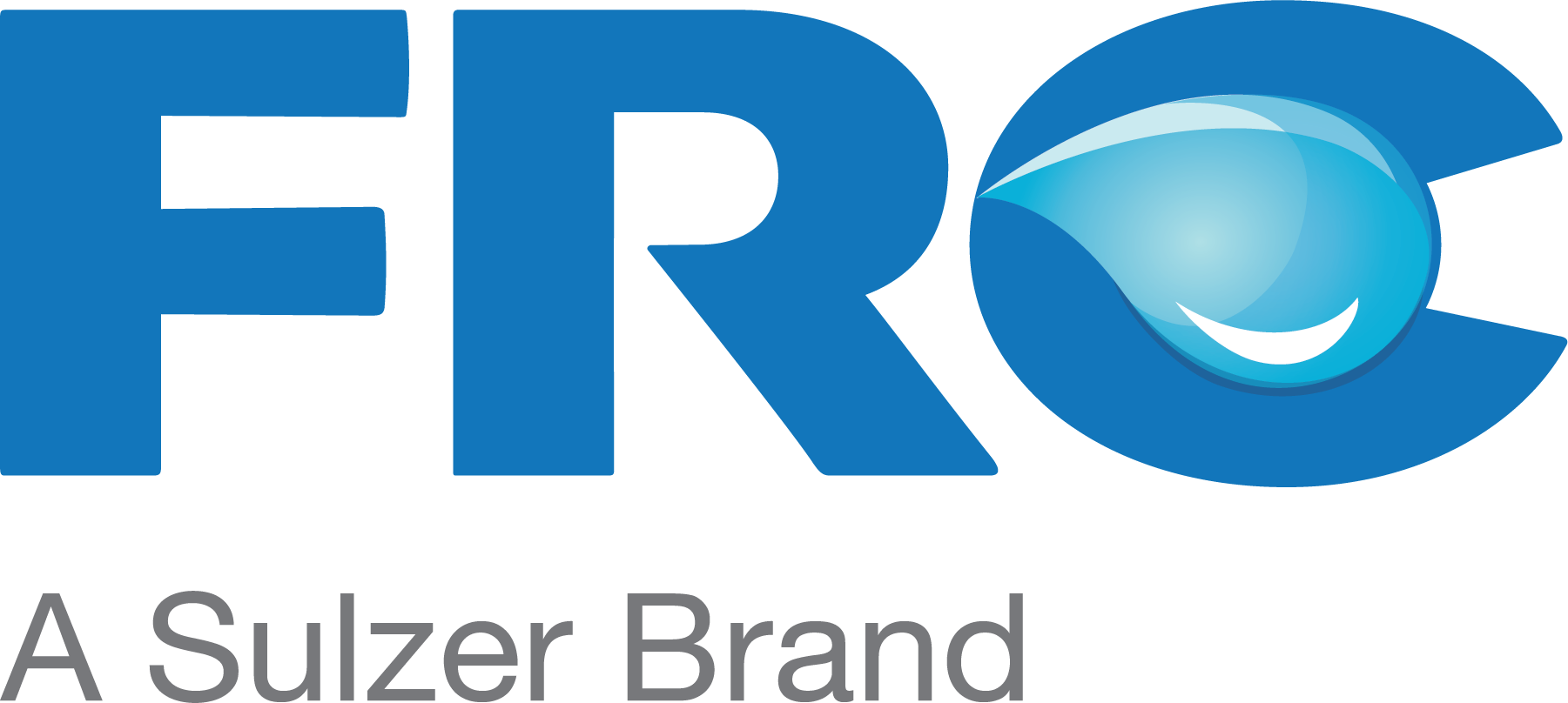It happens every year around the US – warm weather during summertime induces algae growth in surface bodies of water. Other times algae comes because of improper management of discharged wastewater. We’re seeing this very problem at Lake Erie right now.
Algae grow when they have the right conditions, such as adequate nutrients (nitrogen and phosphorus), light levels, pH, and temperature. As the concentration of phosphorus found in a water body increases, algae growth will also increase. Elevated concentrations of algae will then produce dead organic matter and cause anoxic conditions. When lakes are deprived of oxygen, conditions will turn septic, fish and plant life will die and decompose, and noxious odors will follow.
So, what can be done to stop algae outbreaks?
Managing algae blooms can prove to be a daunting challenge without the right technologies for the job. First of all, you’ve got to cut the problem off at the head. Reduce phosphorus concentration in agricultural runoff – it’s the largest contributor to the problem. Then, on the other end where the symptoms are showing do something to remove the growing colonies. There are a few different chemical additives that can be dispersed into a body of water to stop algae from growing, but these don’t actually help remove the floating green mat of solids.
A better approach is to physically remove the algae and reduce the concentration of phosphorus in the water. A simple process of clarification via Dissolved Air Flotation (DAF) and phosphorus precipitation can stop an algae bloom in its tracks.
We’ve used the DAF process many times to help with algae removal in surface bodies of water. Download our free whitepaper below and see how it’s done.

